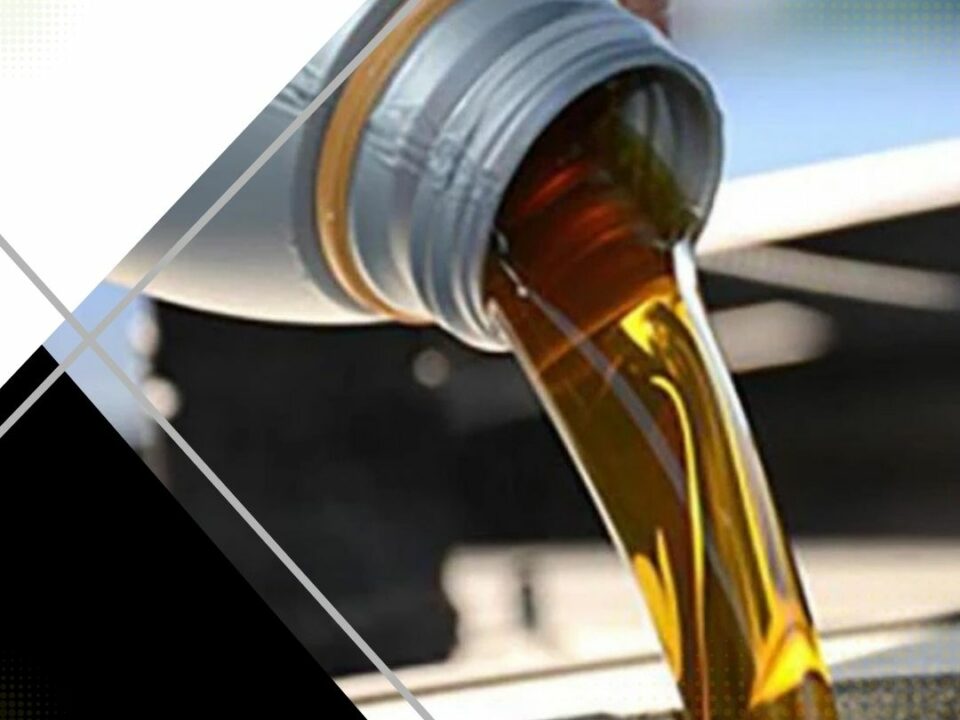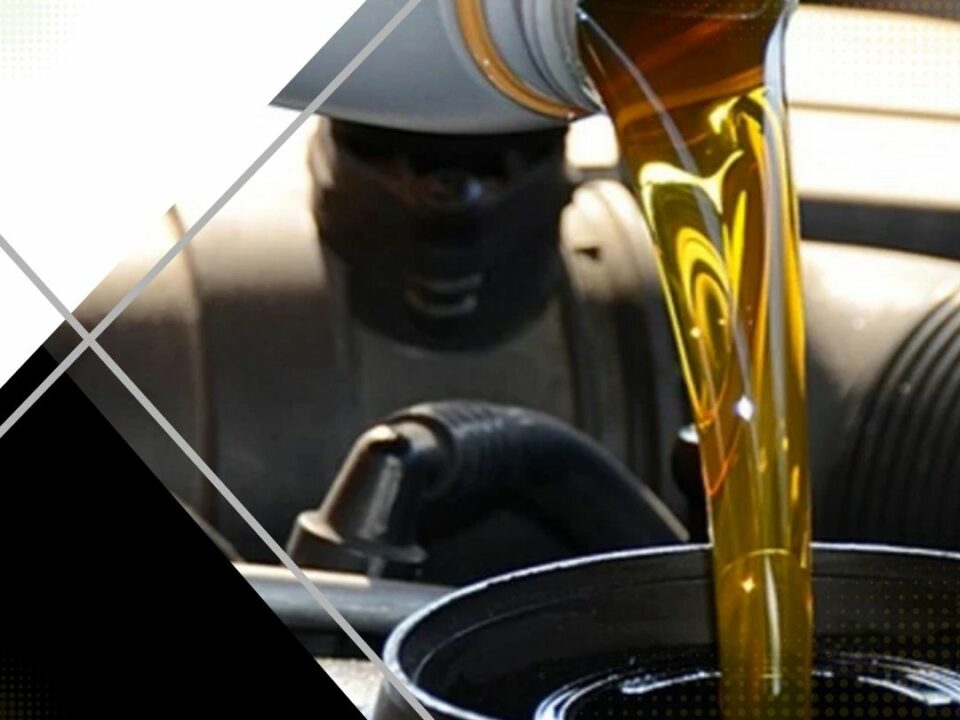
Japanese Hybrid and Electric Cars: Oil Change Considerations
April 4, 2023
Subaru and Mazda: A Deeper Look at Oil Change Essentials
April 4, 2023Honda, Toyota, and Nissan are three of the most popular Japanese car manufacturers, known for producing reliable, fuel-efficient vehicles. To keep your car running at its best, it’s essential to perform regular oil changes. In this blog post, we’ll explore specific oil change tips and recommendations for these popular brands, ensuring you’re well-equipped to maintain your car’s engine in top condition.
The importance of regular oil changes for Honda, Toyota, and Nissan vehicles
Regular oil changes are vital for maintaining the health and performance of your vehicle. They reduce engine wear, remove contaminants, and optimize fuel efficiency. By adhering to the manufacturer’s recommended oil change intervals, you’ll protect your Honda, Toyota, or Nissan from potential engine damage and extend its lifespan.
Recommended oil change intervals for Honda, Toyota, and Nissan
Each manufacturer has specific guidelines for oil change intervals based on factors like driving conditions, vehicle age, and oil type. Here are general recommendations for each brand:
- Honda: 5,000 to 7,500 miles, or every 6 months (whichever comes first)
- Toyota: 5,000 to 10,000 miles, or every 6 months (whichever comes first)
- Nissan: 3,750 to 7,500 miles, or every 3 to 6 months (whichever comes first)
Consult your owner’s manual for more detailed information on your specific model.
Selecting the appropriate engine oil for your vehicle
Honda, Toyota, and Nissan vehicles typically use either synthetic blend or full synthetic engine oil. The correct choice depends on factors like engine type, performance requirements, and climate. Always use engine oil that meets or exceeds the manufacturer’s specifications.
- Honda: Look for oil with the American Petroleum Institute (API) certification and the recommended viscosity grade (e.g., 0W-20, 5W-30).
- Toyota: Use oil that meets the International Lubricant Specification Advisory Committee (ILSAC) GF-5 or GF-6 standards and the recommended viscosity grade.
- Nissan: Opt for oil that meets the API or ILSAC standards and the recommended viscosity grade for your specific model.
Performing an oil change: best practices for Honda, Toyota, and Nissan
While the general steps for an oil change are similar across vehicle brands, here are some specific tips for Honda, Toyota, and Nissan vehicles:
- Honda: Some models feature a Maintenance Minder system that indicates when an oil change is due. Reset the system after each oil change to maintain accurate alerts.
- Toyota: Many models have cartridge-style oil filters that require a specific oil filter wrench. Make sure you have the right tool before starting your oil change.
- Nissan: Some models come with an under-engine cover. Be prepared to remove it for access to the oil drain plug and filter.
Disposing of used oil and filters responsibly
Proper disposal of used oil and filters is crucial for environmental protection. Many auto parts stores and service centers accept used oil and filters for recycling. Check with local facilities to find an appropriate drop-off location.
By understanding the unique requirements and recommendations for Honda, Toyota, and Nissan vehicles, you’ll be better equipped to maintain your engine’s health and performance. Remember to follow the manufacturer’s guidelines for oil types and intervals, and always use high-quality engine oil. With regular oil changes and a commitment to proper engine care, you’ll enjoy years of reliable, efficient driving from your Japanese car.
Subaru and Mazda: A Deeper Look at Oil Change Essentials
Japanese Hybrid and Electric Cars: Oil Change Considerations




